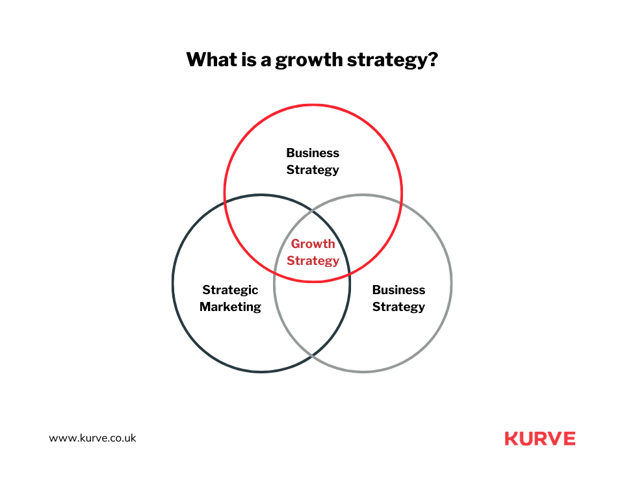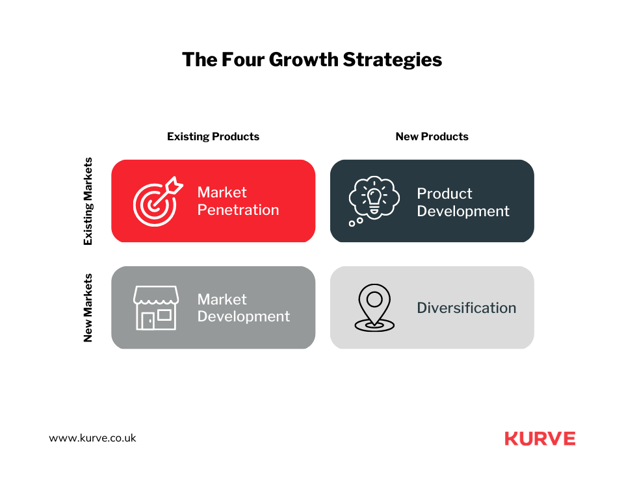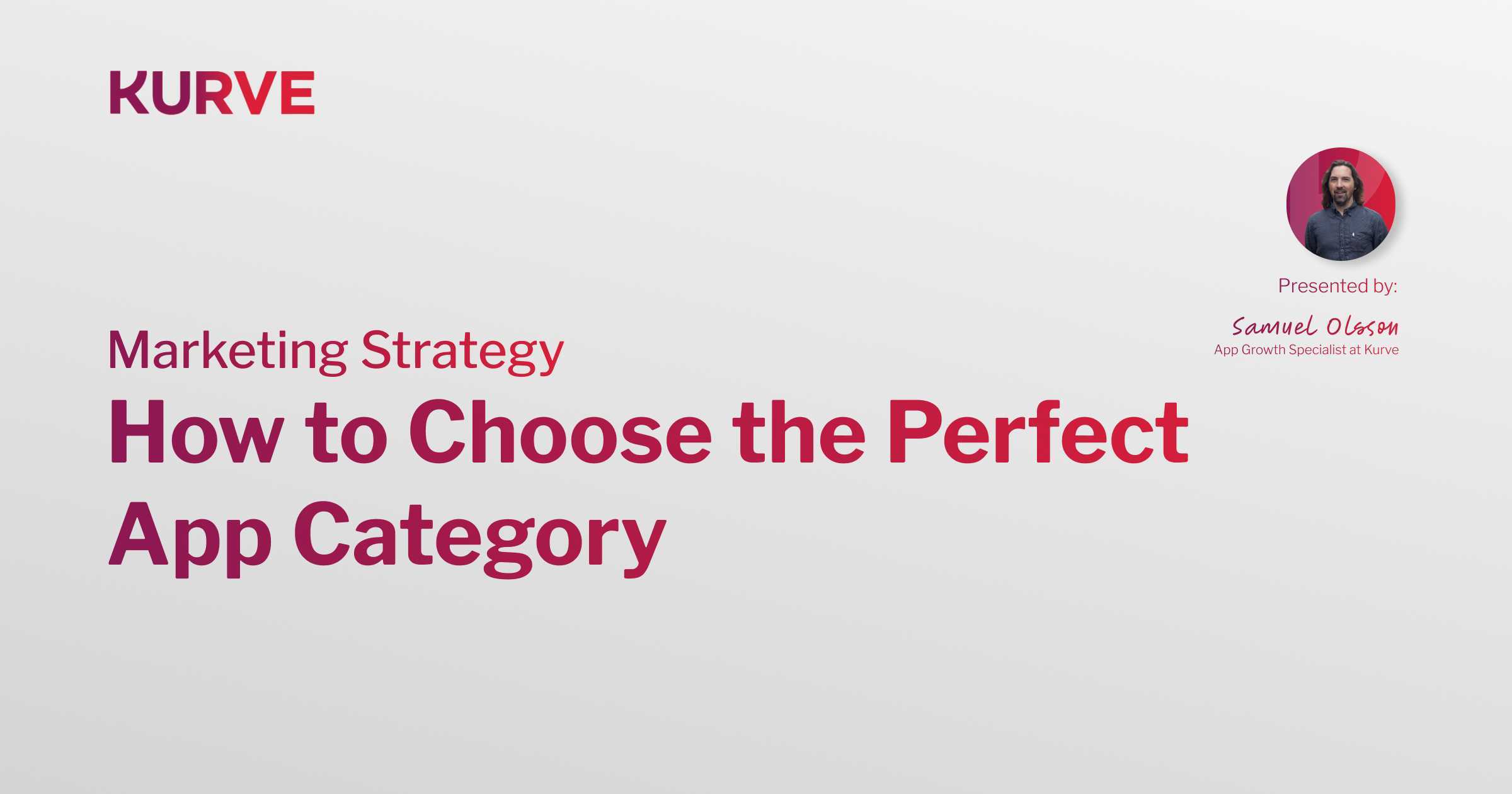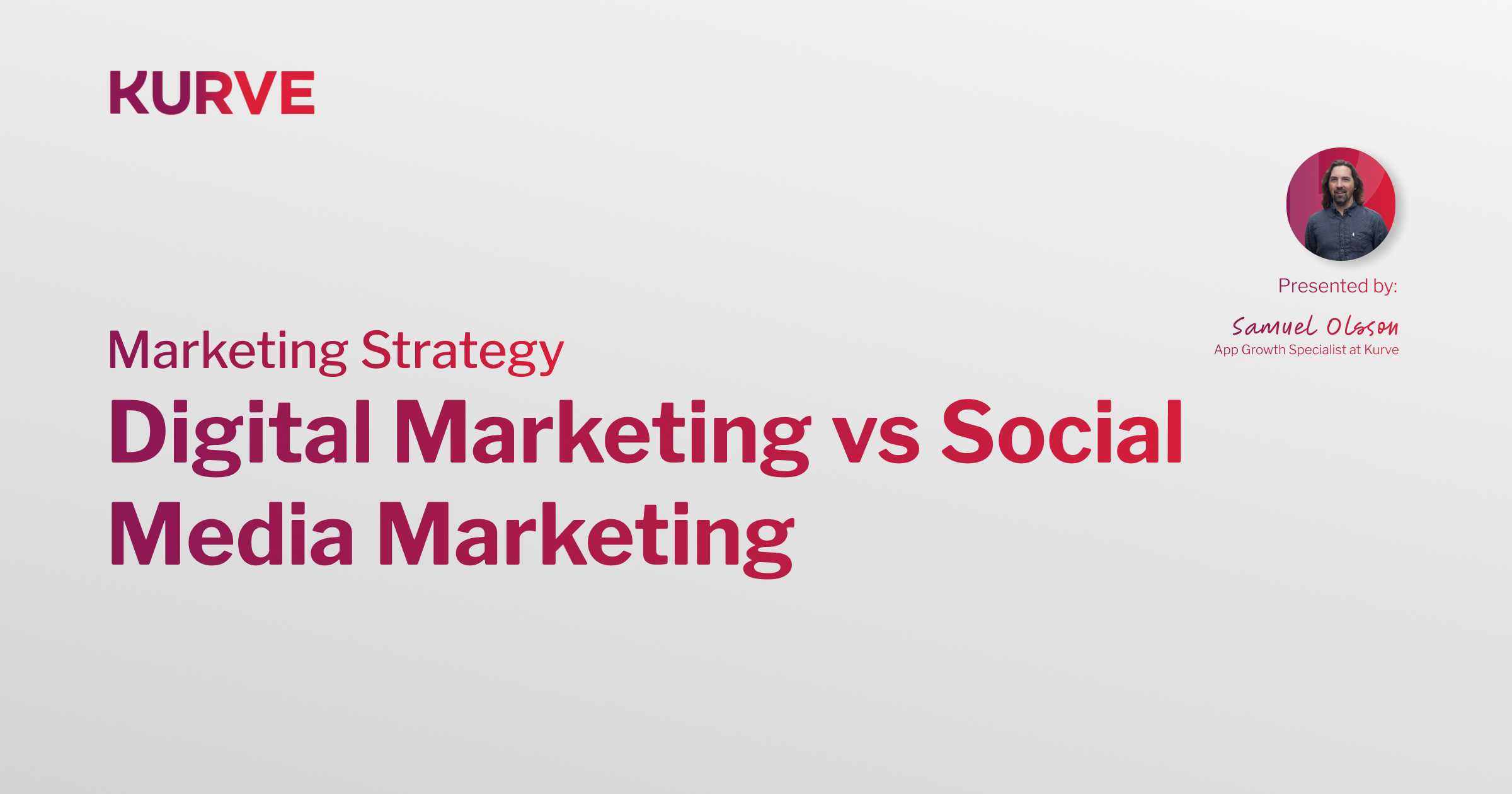What are the 4 Growth Strategies for Mobile Apps?
Scaling a mobile app is a complex challenge.
With millions of apps competing in the App Store and Google Play, standing out requires a strategic approach. A well-defined growth strategy is the foundation for long-term success.
At Kurve, our app growth experts specialize in helping mobile apps scale effectively. From user acquisition to retention, we craft data-driven growth strategies that drive installs, engagement, and revenue.
This article will break down four proven growth strategies based on the Ansoff Matrix, explaining how mobile apps can leverage them to maximize market impact and long-term profitability.
| Table Of Contents: |
What is a Growth Strategy?

A growth strategy is a structured plan to increase an app’s installs, engagement, and revenue. It ensures mobile apps can compete effectively by defining a clear path to market dominance.
A strong growth strategy includes:
- Market Diagnosis – Analyzing the competitive landscape and understanding user acquisition benchmarks.
- Guiding Policy – Defining how your app will position itself for success.
- Coherent Action – Executing tactics, optimizing performance, and iterating based on data insights.
The Four Growth Strategies for Mobile Apps

1. Market Penetration
Market penetration focuses on increasing adoption within the existing market. This includes strategies such as:
- ASO (App Store Optimization): Enhancing metadata, keywords, and visuals to improve rankings.
- Paid User Acquisition: Scaling installs via Apple Search Ads, Meta Ads, and Google UAC.
- Referral & Incentives: Encouraging existing users to invite others.
Example: A subscription-based fitness app boosted retention by 22% using targeted re-engagement ads and in-app challenges.
2. Market Development
Expanding to new markets requires localization, influencer partnerships, and demographic research.
Example: Localizing onboarding content for Japan increased installs by 40% for a productivity app.
3. Product Development
Enhancing app features and monetization models is key to retention.
Example: Adding premium in-app challenges to a wellness app resulted in a 15% increase in active users.
4. Diversification
Diversification involves launching new products or expanding into B2B models.
Example: A fintech app expanded into white-label B2B solutions, increasing revenue by 20%.
Choosing the Right Growth Strategy for Your App
Every app has unique growth challenges. The key is to align your approach with your business goals, user behavior, and market opportunities.
At Kurve, we specialize in helping mobile apps implement scalable, data-driven growth strategies to maximize performance and revenue.
Ready to scale your app? Get in touch with our experts today.


